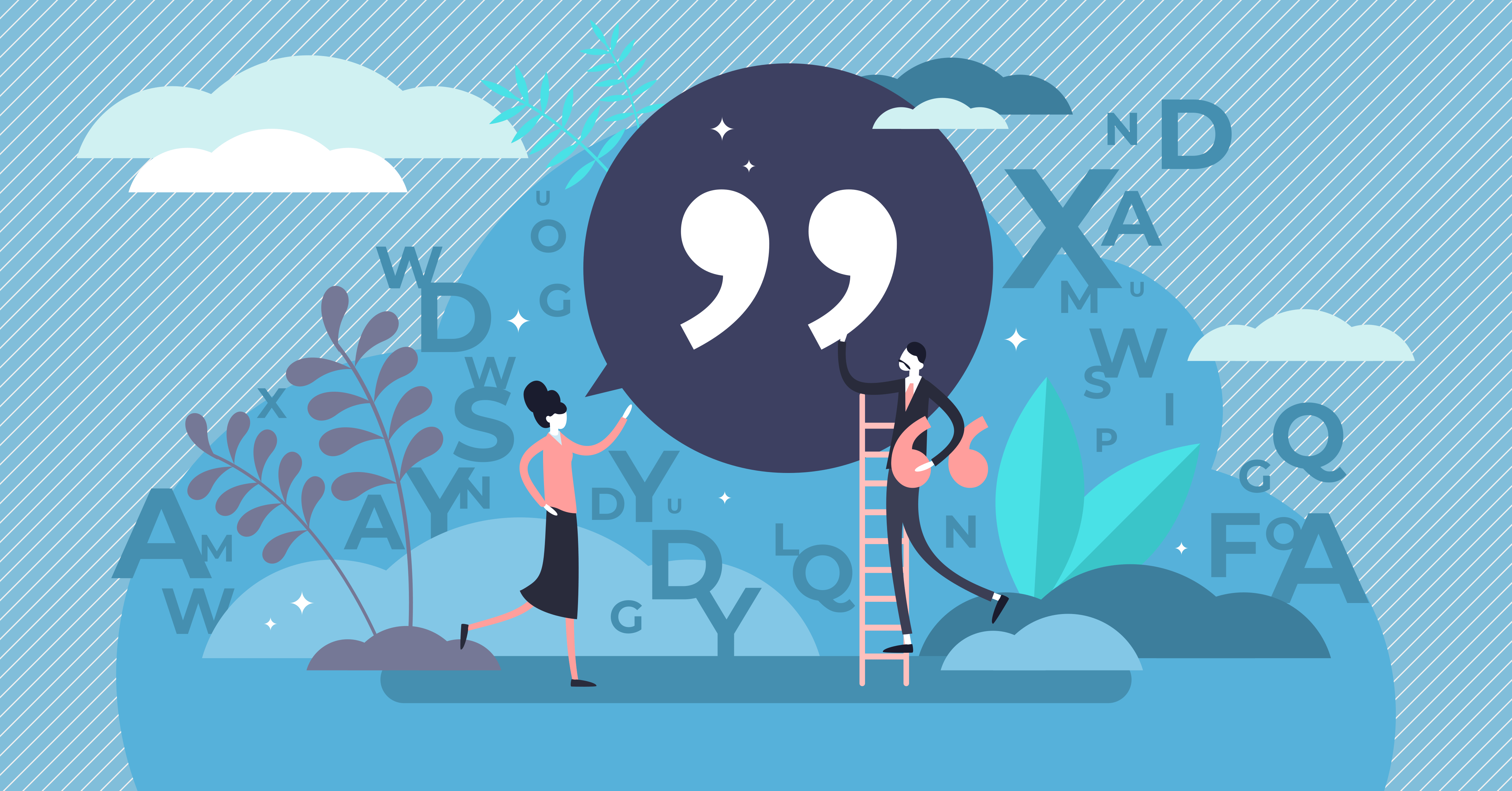Poor paraphrasing and improper citation are the most common reasons for plagiarism accusations. A reliable plagiarism check tool can help to detect the parts that need referencing and editing, but to make the paper original and ready for submission, we need to learn correct attribution.
What is a citation?
Citation is a way to show that your writing uses some other works. It may contain direct quotes, paraphrased ideas, or just inspiration from some concepts you have met elsewhere. What is important is that you acknowledge the influence and pay tribute to the original authors.
The citation has to maintain specific rules; sometimes, a violation of them is considered plagiarism, even if you formally reference the source. Formatting standards are especially imperative in academic and scientific domains, so educating oneself on citation principles is vital.
How to cite
The citation should contain information about the source you took the information from. It is worth mentioning that one can quote and reference not only books, journals, or online publications. Data taken from TV programs, interviews, films, patents, bills, and other documents should also be attributed.
The citation should include
- the title of the source;
- the author;
- the page or pages containing the material you are referring to;
- the date your copy was published;
- the name and location of the publisher / the website URL.
Citation styles
First and foremost, one should adhere to the professor’s recommendations or the journal’s standards for applying the paper. However, we can outline the citation styles commonly used in education and research.
Any citation style requires including basic information about the source; the difference is in the format and arrangement. Moreover, most of the styles expect one to include a short form in-text citation in the relevant part of the writing and provide complete information about the source in the list after the main part of the paper.
APA (American Psychological Association) is used for papers in sciences and education. Order: Author Year Title Publisher
Example: Backman, F. (2019). Anxious People (1st ed.). Månpocket. – full citation
(Backman, 2019, pp. 7–5) – in-text citation
MLA (Modern Language Association) is used for liberal arts and humanities at the undergraduate level.
Order: Author Title Publisher Year
Example: Backman, Fredrik. Anxious People. 1st ed. Månpocket, 2019. – full citation
Fredrik Backman, Anxious People, vols., 1st ed. (Månpocket, 2019). – in-text citation
Chicago is used for business, history, fine arts, and humanities at the graduate level.
Order: Author Year Title Publisher
Example: Backman, Fredrik. 2019. Anxious People. 1st ed. Månpocket. – full citation
Backman, Anxious People. – in-text citation
Harvard (also called the author/date system) is used for humanities, natural and social studies.
Order: Author Year Title Publisher
Example: Backman, F. 2019. Anxious People. 1st ed. Månpocket. – full citation
(Backman 2019) – in-text citation
There can be insignificant differences in formatting within the style depending on the discipline and the particular educational institution. The guidelines and a citation generation tool can help to heed all the details without being overwhelmed by the rules – simply choose the required style, insert the source information, and copy the type of reference you need.
In-text citations
In-text citations refer to the source in the actual body of the paper, immediately following the notion one wants to cite. Most commonly, in-text citations include the author and the publication date, mentioned in parentheses (Backman, 2019, pp. 7–5). The full form of the citation will be provided in the reference list placed after the main text.
Some citation styles use in-text superscript or bracketed numbers relevant to the corresponding attribution in the reference list. This method is typically applied in the AMA (American Medical Association) style for medical papers.
Other citing styles may require placing an explanation in footnotes or endnotes. This way of referencing is typical for the Chicago style. However, it can also be met in MLA and APA papers, mostly for giving copyright or content details rather than attribution.
List of references
Papers containing footnotes may not require a detailed bibliography list. Most of the papers, however, do include a list of the used sources:
- it is called List of References in APA and Harvard styles,
- Works Cited in MLA,
- and Bibliography in Chicago style.
One should also note that the List of References includes data on all the sources cited in the work. Meanwhile, the Bibliography contains everything that influenced the author, so one should mention background reading and sources of inspiration, even when they are not quoted or referred to in the text.
Typically, the sources are listed in alphabetical order. However, it may vary according to the style along with the formatting details like italics, capitalization, and punctuation marks.
Suppose one applies a numerical citation style using the numbers in-text. In that case, the reference list is typically ordered according to the appearance of the notions in the paper so that the reader will find the attribution under the number mentioned in the text.
Latin terms in citing
There are some terms of Latin origin typically used in citing the sources.
- “Ibid.” – is short for “ibidem,” which means “in the same place.” Used for indication of the repetitive citing of the same text. For example, we want to refer to the different pages of the same book: 1. Backman, F. (2019). Anxious People (1st ed.). Månpocket, p. 4-9. 2. Ibid., p. 11.
- et al. – is short for “et alia,” which means “and others.” Stands for the list of authors or contributors when there are too many of them to mention, typically applied for more than two authors in APA and more than four contributors in Chicago style. For example, multiple authors’ Oxford Textbook of Medicine can be attributed (Firth et al., 2020).
In the footnotes, instead of “ibid.” one should use “Loc. Cit.” or “Op. Cit.”
“Loc. Cit.” – “Loco citato,” or “in the place cited,” applies when we refer to the same place in the same work as the previous citation;
“Op. Cit.” – “Opere citato,” or “in the work cited,” applies when we refer to a different part of the work from the previous citation.
Why should one cite the sources?
- Attribution makes your work more credible, proving that you have studied some sources and consulted solid data.
- Citation allows your audience to get some background reading, dive deeper into the topic, or check your sources to form their own opinion regarding the issue.
- Acknowledging your sources, you thank them for their work and promote healthy collaboration and honesty.
- Proper referencing saves your reputation and ensures you avoid copyright-related problems.
PlagiarismCheck.org is here to stay on guard of your professional reputation! AI text checker will ensure your works are not considered machine-written, a plagiarism detector will take care of your writing originality, and a citation generator will make referencing easy. Focus on what you want to say to the world, and leave the technical issues to us!








